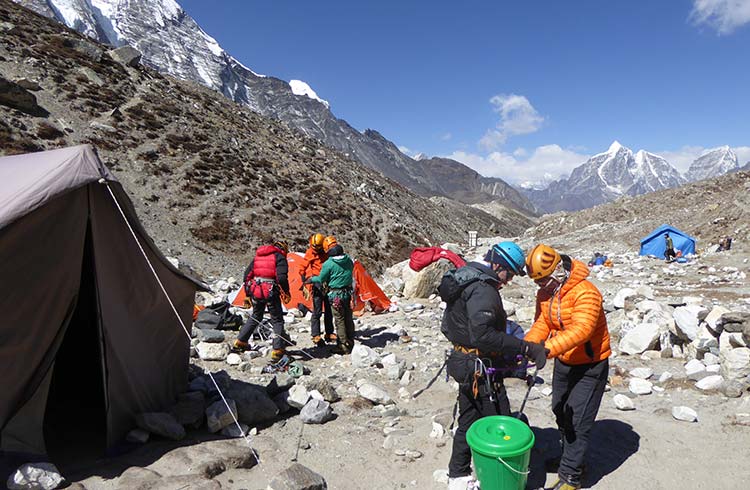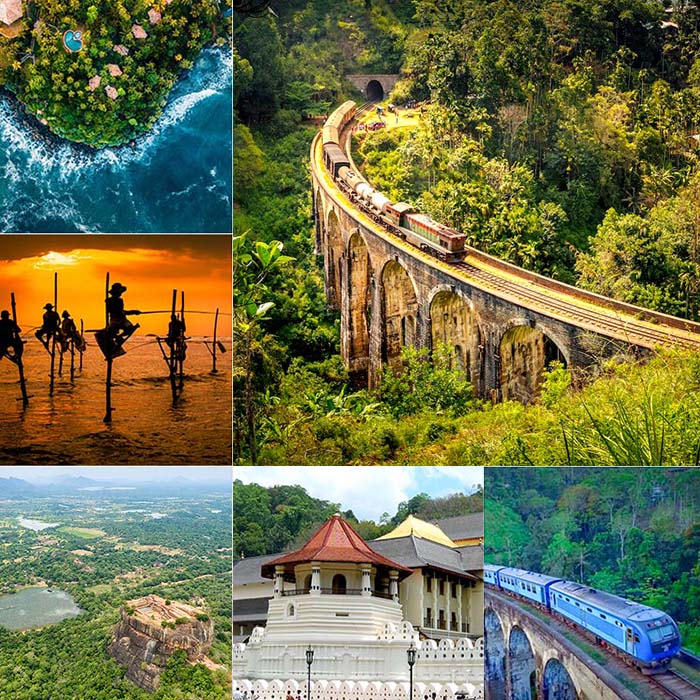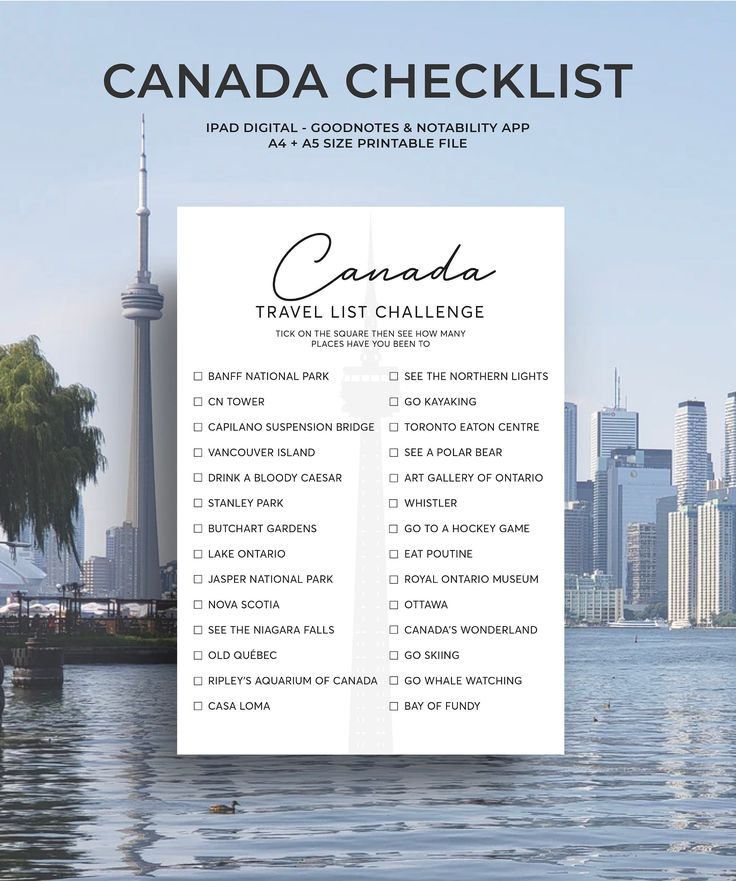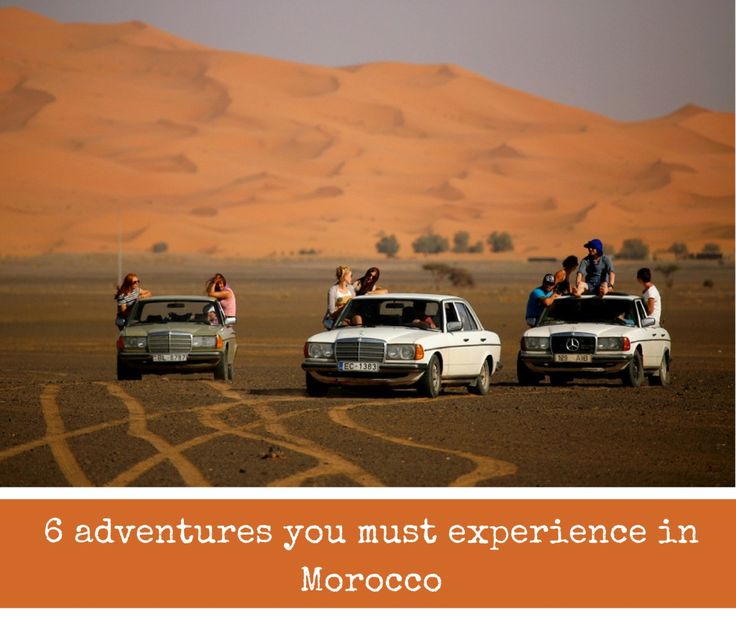
Embracing Local Wisdom for an Affordable Himalayan Adventure
The core of budget-friendly travel in the Himalayas isn’t about cutting corners; it’s about embracing authenticity and living more like a local. This approach not only saves you money but also deepens your cultural immersion, leading to a richer and more meaningful journey. Locals understand the rhythms of the mountains, the best deals, and the most sustainable ways to travel.
The Local Mindset: Why Authenticity Saves You Money
Locals in the Himalayas live simply and resourcefully. They prioritize functionality over luxury and community over consumerism. Adopting this mindset means choosing local guesthouses over international hotels, eating at small eateries frequented by residents, and using public transport. These choices inherently cost less because they are part of the local economy, not designed for high-paying tourists. Furthermore, engaging with locals respectfully often opens doors to advice and opportunities that budget-conscious travelers cherish. Ask for recommendations; you’ll be surprised by the insights you gain.
Timing Your Trip: Off-Season Secrets from Himalayan Residents
One of the most significant ways to save money is by traveling during the off-peak seasons. While spring (March-May) and autumn (September-November) offer the most stable weather for trekking, they also come with higher prices for accommodation, flights, and services.
Local recommendations for budget travel often point to:
- Winter (December-February): Though colder, especially at higher altitudes, the lower regions and popular trekking routes like the Annapurna Base Camp can still be managed with proper gear. Prices for everything plummet, and the trails are less crowded, offering serene landscapes.
- Monsoon (June-August): While rain is frequent, the monsoon transforms the lower valleys into lush, vibrant green paradises. It’s an excellent time for cultural tours, exploring cities like Kathmandu and Pokhara, or trekking in rain-shadow areas like Upper Mustang. Prices are at their lowest, and you’ll witness a different, equally beautiful side of the Himalayas. Always check specific regional weather patterns before committing to monsoon travel.
Smart Accommodation Choices: Sleeping Soundly on a Budget
Where you lay your head each night can be one of your biggest expenses. Locals know the best ways to find comfortable, clean, and affordable lodging, often through word-of-mouth or by knowing where to look beyond the main tourist strips.
Guesthouses and Homestays: Your Wallet-Friendly Abode
Forget luxury resorts; the heart of Himalayan hospitality and affordability lies in guesthouses and homestays. These family-run establishments offer basic but comfortable rooms, often with shared bathrooms, for a fraction of the cost of hotels.
Tips for finding budget-friendly stays:
- Walk-in inquiries: Don’t book everything online in advance. Arrive in a town and walk around, asking directly at guesthouses for their rates. You often get better prices this way.
- Ask locals: Rickshaw drivers, shopkeepers, or even fellow travelers can point you to hidden gems that aren’t listed online.
- Stay outside the main tourist hub: A short walk or a quick local bus ride from the central area can lead to significantly cheaper and often quieter accommodation.
Bargaining for Stays: A Skill Locals Master
Bargaining is a common practice in many parts of the Himalayas, especially for accommodation outside of fixed-price establishments. Don’t be shy to politely negotiate, particularly during the off-season or if you’re staying for multiple nights. A friendly smile and a respectful approach go a long way. Locals often pay different rates than tourists, so a little negotiation can help bridge that gap. Start by offering slightly less than the quoted price and meet somewhere in the middle.
Camping and Teahouses: Minimalist Living, Maximum Savings
For trekkers, teahouses are the backbone of budget accommodation. These simple lodges along popular trekking routes offer basic rooms (sometimes just a bed) for a very low price, often with the understanding that you’ll eat your meals there.
Camping is another extreme budget option:
- Designated campsites: Some areas have designated campsites, but you’ll need to carry your own gear.
- Wild camping (with caution): In remote areas, wild camping might be possible, but always seek local advice on safe and permissible spots. This requires full self-sufficiency and respect for the environment. It’s a true way to live like the early explorers.
Savoring Local Flavors Without Draining Your Wallet
Food is a highlight of any trip, and in the Himalayas, eating like a local isn’t just a cultural experience; it’s a major money-saver. Steer clear of expensive Western menus and embrace the delicious, hearty, and affordable local cuisine.
Eating Like a Local: Dal Bhat Power and Other Delights
The staple diet across much of the Himalayan region is Dal Bhat, a platter of rice, lentil soup (dal), and various vegetable curries (bhat). It’s incredibly nutritious, filling, and often comes with unlimited refills, making it the ultimate budget meal.
Other local delights to try for less:
- Momos: Steamed dumplings, available with various fillings, are a popular and cheap snack.
- Thukpa/Thenthuk: Hearty noodle soups, perfect for cold evenings.
- Chowmein/Fried Rice: Often found at small eateries, these Asian-inspired dishes are usually quite affordable.
- Local bakeries: Many towns have small bakeries selling fresh bread, cookies, and pastries at low prices.
Market Buys: Fresh Produce and Snacks for Less
When possible, visit local markets (haat bazaars) to buy fresh fruits, nuts, and snacks. These are much cheaper than buying from tourist shops or guesthouse menus. You can stock up on healthy provisions for your day’s adventures. Always wash fruits thoroughly or stick to those you can peel. This approach helps support local farmers directly.
Avoiding Tourist Traps: Where Locals Dine Affordably
Tourist-centric restaurants often have inflated prices for smaller portions and less authentic food. Ask your guesthouse owner or a friendly local where they eat. Look for eateries bustling with local patrons – that’s usually a good sign of authenticity and fair pricing. These places might not have fancy decor, but their food is typically delicious and economical.
Navigating the Mountains: Economical Transportation in the Himalayas
Getting around the vast Himalayan terrain can be costly if you opt for private transport. Locals, however, rely on a robust network of public transportation that, while sometimes slower, is incredibly budget-friendly and offers a genuine insight into daily life.
Public Transport Over Private: Buses, Jeeps, and Shared Rides
Embrace local buses and shared jeeps. They are the most common and cheapest forms of transport between towns and even to trailheads.
Key considerations:
- Buses: Often crowded and not always comfortable, but incredibly cheap. They run on fixed routes and schedules (though schedules can be flexible).
- Shared Jeeps: A faster option for smaller groups or for reaching more remote areas where buses don’t go. You pay per seat, and the jeep departs when full.
- Local Taxis: If you absolutely need a private vehicle, negotiate the price beforehand and try to share with other travelers to split the cost.
Trekking on Foot: The Ultimate Budget-Friendly Journey
For those coming to the Himalayas, trekking is often the main draw. Walking is, by far, the cheapest way to travel. Most popular trekking routes are well-marked and can be done independently, saving you the cost of a full organized tour.
Tips for independent trekking:
- Carry a good map and guidebook: Essential for navigation and understanding the route.
- Pack light but smart: Reduces the need for porters.
- Utilize teahouses: As mentioned, they provide cheap accommodation and food along the way.
- Consider a local guide for safety and insight: While not free, a local guide can be surprisingly affordable and offers invaluable knowledge, safety, and cultural exchange. They often know the best places to find cheap food and lodging.
Hiring Local Guides and Porters: Supporting the Community Affordably
While independent trekking saves money, hiring a local guide or porter is a sustainable way to support local communities and enhance your trip.
Cost-saving aspects:
- Negotiate directly: Often cheaper than booking through an agency.
- They know the ropes: Guides can help you find the cheapest accommodation and food, potentially saving you more than their daily fee.
- Porters reduce your burden: By carrying your heavy gear, they allow you to enjoy the trek more and avoid injuries, which can be costly.
Essential Gear and Permits: Cutting Costs on Necessities
Trekking in the Himalayas requires specific gear and permits, both of which can add up. Smart planning and local knowledge can help you reduce these costs significantly.
Renting vs. Buying: Smart Gear Decisions
Unless you plan to trek frequently, renting gear is almost always cheaper than buying. Major trekking hubs like Kathmandu and Pokhara have numerous shops offering gear for rent.
Items commonly rented:
- Down jackets
- Sleeping bags
- Trekking poles
- Crampons (for winter treks)
- Backpacks
Renting locally not only saves you money but also reduces your baggage weight for international flights. Always inspect rented gear thoroughly before setting out.
Permits and Fees: Understanding and Budgeting for Official Costs
Most trekking regions in the Himalayas require permits (e.g., TIMS card, National Park entry permits). These are mandatory and have fixed costs.
Tips for managing permit costs:
- Obtain them yourself: If possible, visit the official tourism board offices in major cities (e.g., Kathmandu for Nepal) to purchase permits directly. Agencies often charge a service fee.
- Understand what’s included: If booking a tour, confirm whether permit fees are part of the package or an additional cost.
- Carry photocopies: Keep original permits safe and carry photocopies for checkpoints.
Packing Smart: Reducing Baggage and Porter Costs
Overpacking is a common mistake that can lead to additional expenses, especially if you need to hire more porters or pay for overweight baggage on flights.
Local wisdom suggests:
- Layering: Pack versatile layers instead of bulky single-purpose items.
- Essential toiletries only: Buy smaller travel-sized items or purchase them locally.
- Leave non-essentials behind: Many guesthouses in major towns offer luggage storage services for items you don’t need on your trek.
Beyond the Basics: More Local Tips for Saving Money in the Himalayas
Beyond the fundamental categories of accommodation, food, transport, and gear, there are several other nuanced ways to save money, often involving cultural sensitivity and an open mind.
Learning Basic Phrases: Unlocking Better Deals
Even a few basic phrases in Nepali, Hindi, or the local dialect can make a huge difference. A simple "Namaste" (hello), "Dhanyabad" (thank you), "Kati Paisa?" (how much money?), or "Ramro Chha" (it’s good) can foster goodwill, lead to more friendly interactions, and sometimes, better prices. Locals appreciate the effort, and it often leads to a more genuine connection than just pointing and gesturing.
Embracing Simplicity: The True Himalayan Spirit
The Himalayan way of life is often characterized by simplicity and resourcefulness. Embrace it. This means:
- Boiled water instead of bottled: Ask your guesthouse to refill your water bottle with boiled water, which is much cheaper and environmentally friendlier than buying plastic bottles. Carry water purification tablets or a filter for added safety.
- Hand-washing clothes: Save on laundry services by washing your clothes in your room.
- Enjoying natural entertainment: Instead of paying for elaborate shows, spend your evenings stargazing, chatting with locals, or reading. The mountains offer their own profound entertainment.
Volunteering and Cultural Exchange: Unique Ways to Stay Longer
For those with more time, volunteering can be an incredible way to extend your stay and experience the local culture deeply at minimal cost. Many local organizations, schools, or guesthouses in rural areas welcome volunteers for a period, often providing food and accommodation in exchange for work. This is not strictly "saving money" but rather "reallocating resources" and gaining invaluable experiences. Research reputable organizations beforehand to ensure ethical practices.
Conclusion: Your Affordable Himalayan Dream Awaits
Visiting the Himalayas doesn’t have to be an extravagant affair. By heeding the advice of those who live and thrive in these magnificent mountains, you can craft an unforgettable journey that respects both your budget and the local culture. From choosing humble guesthouses and savoring local delicacies to navigating via public transport and trekking independently, Saving Money While Visiting Himalayas That Locals Recommend is not just about cutting costs – it’s about embracing a more authentic, sustainable, and ultimately richer travel experience. So pack smart, engage with an open heart, and prepare to discover the unparalleled beauty of the Himalayas without draining your wallet.






